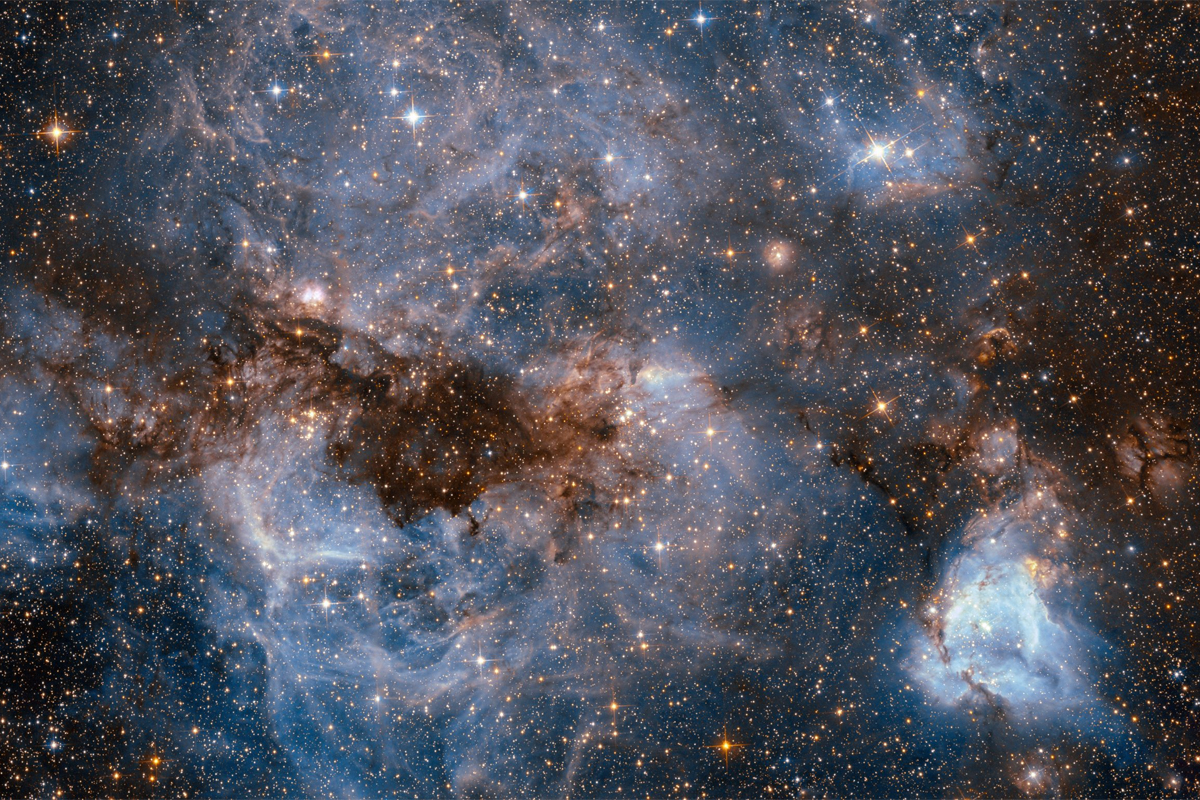There comes a point when the rate of expansion of the universe outpaces the speed of light (c). Meaning, the universe shall or does expand beyond our ability to ever observe it or measure its full reach. 1 Gly = 1 Billion Light Years. We can see 13.7 billion light years out. The size of the universe is so far about 46.4 billion light years in all.
“1.3 x 1026 = 13.7 Gly = 4.22 Gpe (redshift z~1,089): Hubble radius of the Universe measured as the light travel distance to the source of cosmic background radiation;
4.3 x 1026 = 46.4 Gly = 14 Gpc: particle horizon (present radius of the Universe measured as a comoving distance); it is larger than the Hubble radius, since the Universe is expanding). Also, it is ~ 2% larger that the radius of the visible universe, which includes only signals emitted later than ~380,000 years after the Big Bang;
62 Gly: cosmological event horizon (or future visibility limit): the larges comoving distance from which light will ever reach us at any time in the future.
The size of the whole Universe can be now much larger than the size of the observable one, even infinite if its curvature is 0. If the Universe will be 1031 = 1014 years (last red dwarf stars die) and 1037 in 1020 years (stars have left galaxies). If protons decay, their half-life is >= 1035 years; the estimated number of protons in the Universe is 1077 ;
The Universe, in the current Heat Death scenario, achieves beyond 101000 years such a low-energy state that the quantum events become major macroscopic phenomena, and space-time loses its usual meaning again, as below the Planck time or length;
The hypothesis of parallel universes estimates that one can find another identical copy of our Universe within the distance of 1030118 m.”
Pg. 543. Encyclopedia of Distances. 2nd Edition. Deza.












